
CARIBBEAN by Diving Squad - TOP 7 PICKS
Of all the scuba diving destinations throughout the Americas, the Caribbean is perhaps the most visually stunning and easily accessible.
With warm waters that are usually calm, shallow and teaming with marine life, it offers countless dive sites that are both beginner friendly and utterly beautiful.
You can expect superb coral reefs, plentiful shipwrecks and countless species of reef fish as well as larger marine life including sharks, turtles, rays and dolphins!
Much of the American coastline on the Caribbean side is less developed compared to the Pacific coastline which means that the terrestrial nature is also fantastic.
It’s easy to stand on a perfect white sand beach gazing out across a glistening ocean stretching off before you whilst immediately behind you at the edge of the beach looms a rainforest.
Less development means it’s often far cheaper to dive on the Caribbean side compared to the Pacific side…think half the price!
With an area of 2.754 million square kilometres stretching round the West Indies as well as half of all of Central America’s coastline and also much of the coastline of Colombia and Venezuela there’s a huge amount of Caribbean to explore.
In this guide I’ll walk you through some of the best Caribbean diving destinations I’ve so far experienced – whilst also describing some of those that I still have in my sights!
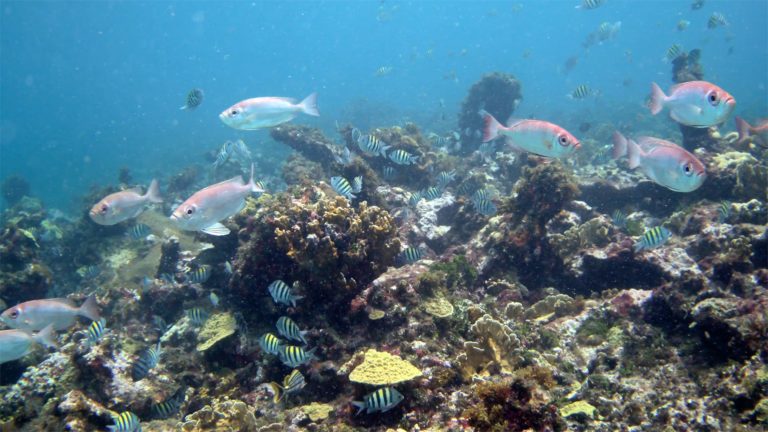
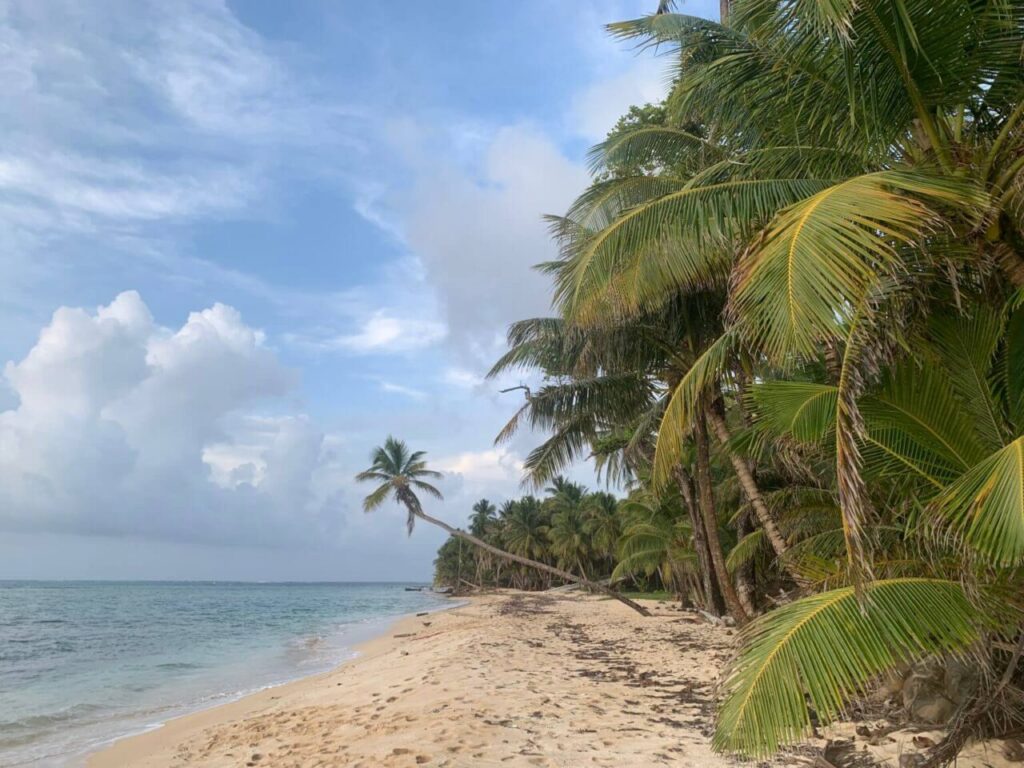
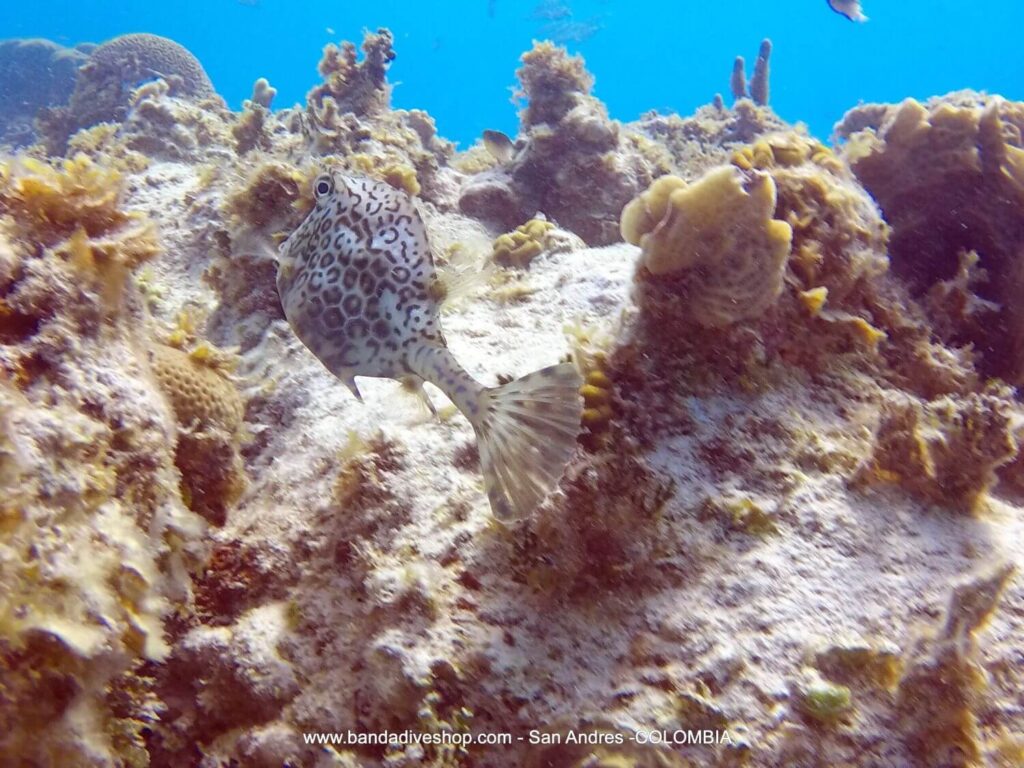
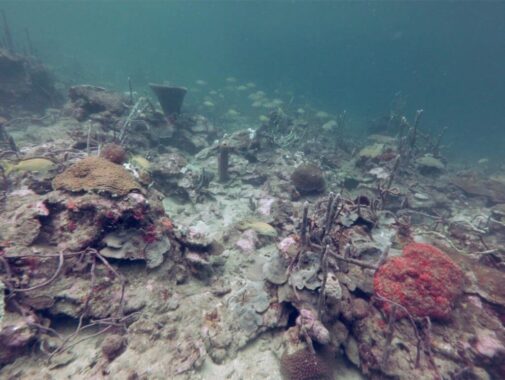
1) Corn Islands, Nicaragua
Of all the places I’ve so far dived in the Caribbean, the Corn Islands of Nicaragua have without a doubt been my favourite.
Located some 70km off the coast of mainland Nicaragua; they comprise Big Corn with an area of 10km squared and Little Corn at 3km squared.
Due to the difficulty of reaching the Corn Islands; they’re a somewhat off-the-beaten-track dive destination.
To get there, you’ll need to reach Managua, the Capital of Nicaragua and then its easiest to catch a domestic flight to Big Corn with La Costena Airlines. After that, grab a ferry to Little Corn where the majority of the diving action takes place.
It’s a little expensive flying into Managua, but the Corn Islands themselves are a fairly cheap dive destination; expect to pay around $70 for two dives and most of the dive centres offer accommodation at a discount if you’re diving with them. You can dive here all year round!
So what is it that makes the Corn Islands so incredible for scuba diving? The coral reef is next level; comprised of a variety of hard and soft coral species including some truly huge elkhorn coral structures.
The water’s are also teaming with all manner of reef fish as well as turtles and southern stingrays.
You’re practically guaranteed to see some of the endemic nurse sharks when diving sights such as White Hole and it’s also a common occurrence to see lots of squid here – in fact I’ve never seen so many squid anywhere else as at the Corn Islands.
Little Corn Island itself – where all travellers and tourists go (avoid Big Corn!) is a very pleasant and laid back little island with only a handful of bars and restaurants as well as some beautiful tropical forest that you can explore.
When I went there in 2022, I was even lucky enough to come face to face with a pod of bottlenose dolphins!
You can read more about the logistics of getting to and staying at the Corn Islands as well as view videos and more photos of the diving there at my main page on Nicaragua diving.
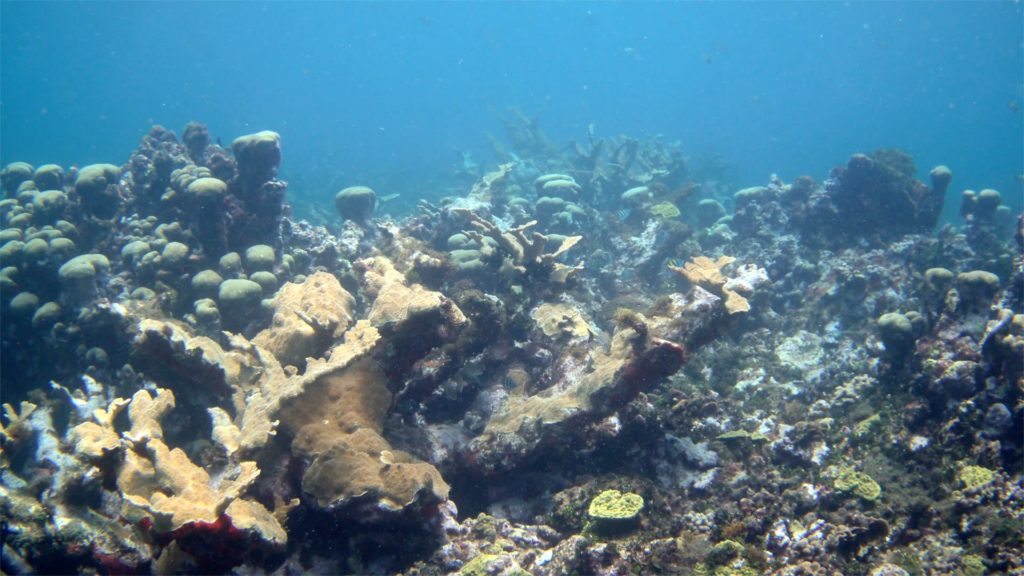

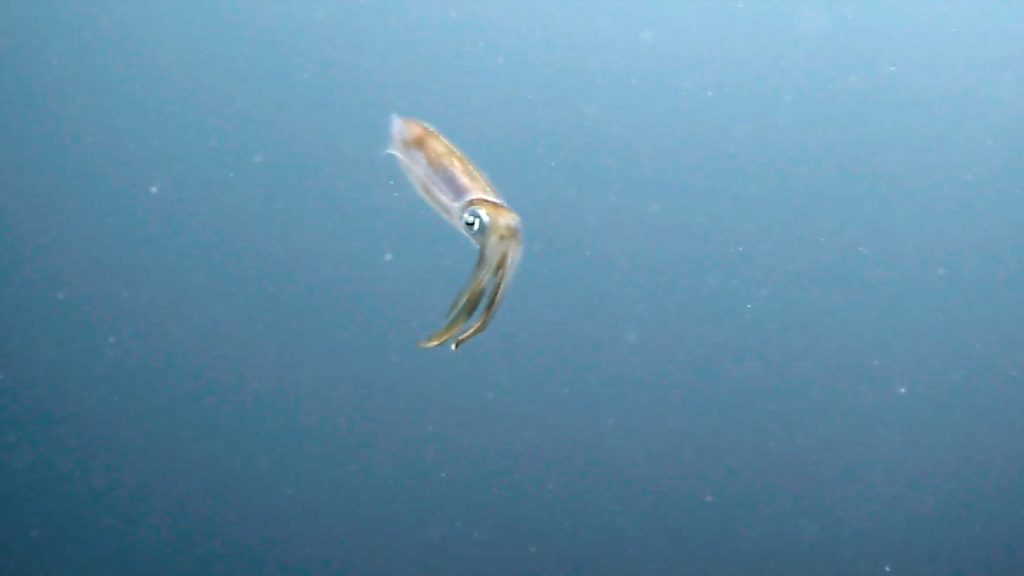
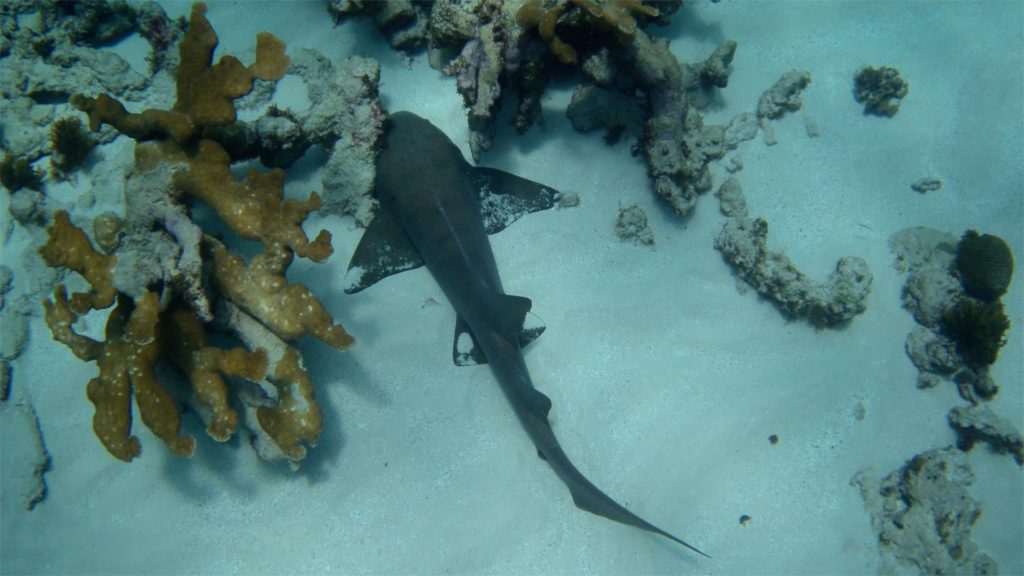
2) Bocas del Toro, Panama
Bocas del Toro archipelago is a group of islands a short distance off the north western corner of Panama.
This place is famous among ecologists for the incredible biodiversity of the abundant species of coral that comprise the shallow reefs around it’s waters.
Because the vast majority of dive sites here are at only ten meters depth or less and are devoid of currents; its extremely beginner friendly: you couldn’t ask for a better place to learn to scuba dive.
There’s a huge variety of reef fish here as well as many macro critters including dart crabs, nudibranch and cleaner shrimp plus diver’s also have a chance of spotting young turtles and stingrays.
On top of that, there’s also 3 coral-coated shipwrecks that can easily be explored, the largest of which divers can even venture inside.
Diving prices here are cheap at around 70$ for two dives; which is half the price of diving Panama‘s pacific side! Diving season is year round!
Getting there is easy; you can fly directly in from Panama City to Bocas town airport or simply catch a bus to Almirante Port and take a small ferry ride over.
If you’re diving, you’ll need to stay on Isla Colon; this place is heaving with backpackers, clubs and bars and gets very noisy at night. For some this can be an added bonus, for others not so much!
The other islands are actually much quieter and offer plenty of alternative experiences such as nature treks and indigenous homestays but they don’t have any dive centres on them.
Check out my full guide to Diving Bocas del Toro here.

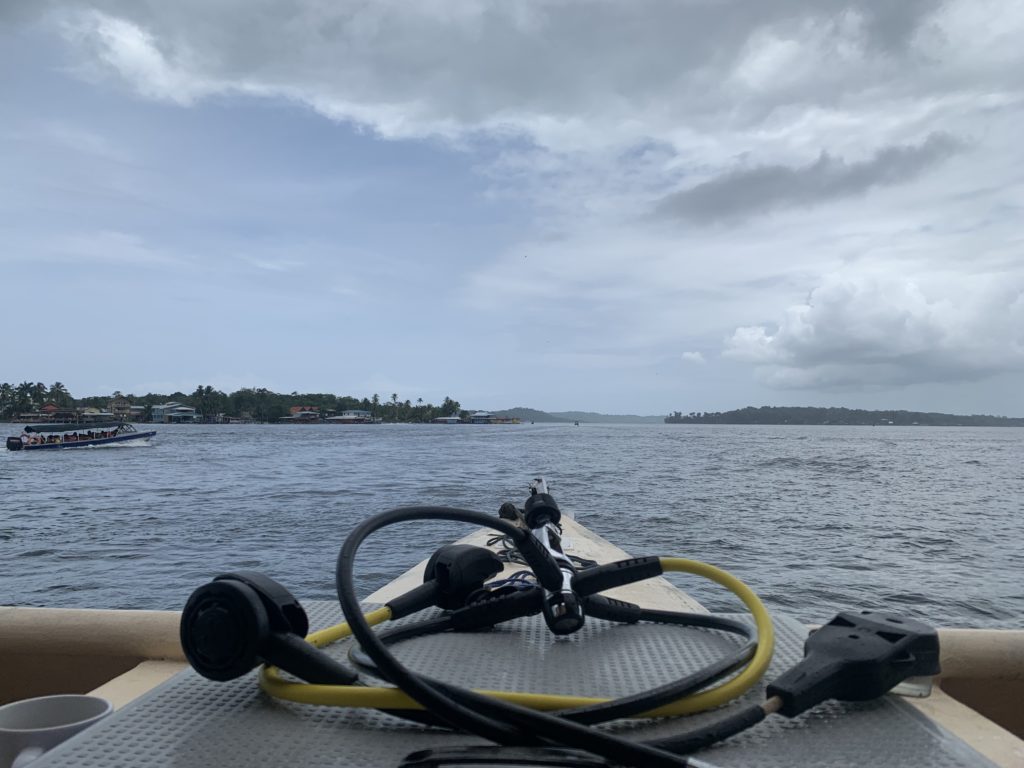
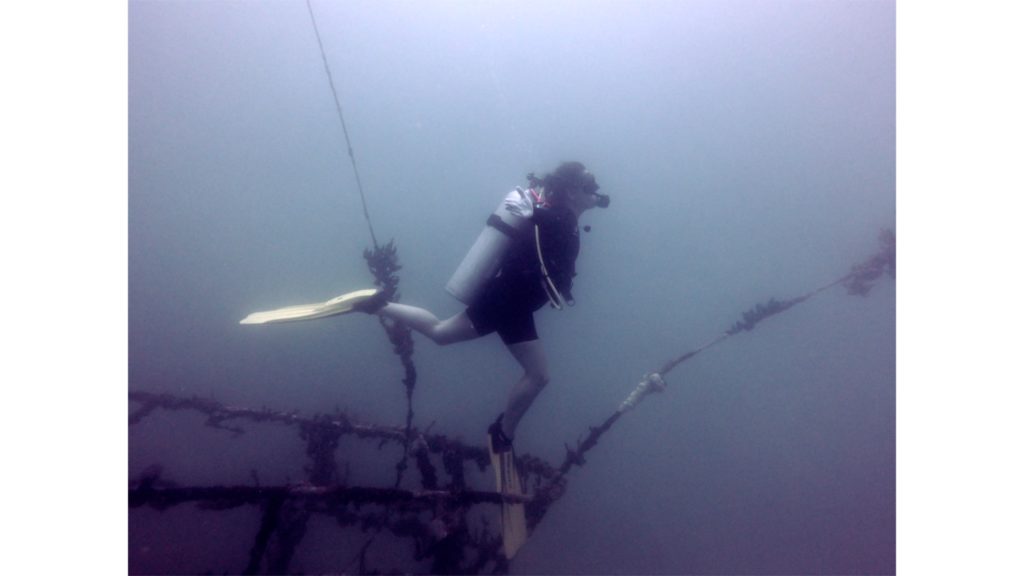
3) Puerto Viejo, Costa Rica
In many ways, the sights of Puerto Viejo are extremely similar to Bocas del Toro; abundant coral reefs in relatively shallow waters.
However, Puerto Viejo is off the coast off Costa Rica; which might make it easier for you to get to if you’re already planning on visiting Costa Rica and not Panama!
One thing that’s extremely important to note when diving Puerto Viejo (which is located in Limon province) is that water condition’s can get very choppy there which means that usually there’s only actually a couple of months in the year where the waters are calm enoguh to dive Puerot Viejo – these are generlaly late September – November.
Also, take heed that there’s only one dive centre at Peurto Viejo – Punta Uva Dive Centre.
Puerto Viejo itself is a superb destination with extremely chilled reggae vibes and a thriving beach community as well as plenty of surfing.
To be honest though, I’d rate Bocas del Toro over Puerto Viejo as it’s accessible all year!
It’s only worth choosing Puerto Viejo over Bocas if you’ll already be in Costa Rica.
Never far though, Cost Rica has plenty of dive destinations on its Pacific side! Read my full guide to Costa Rica diving here!
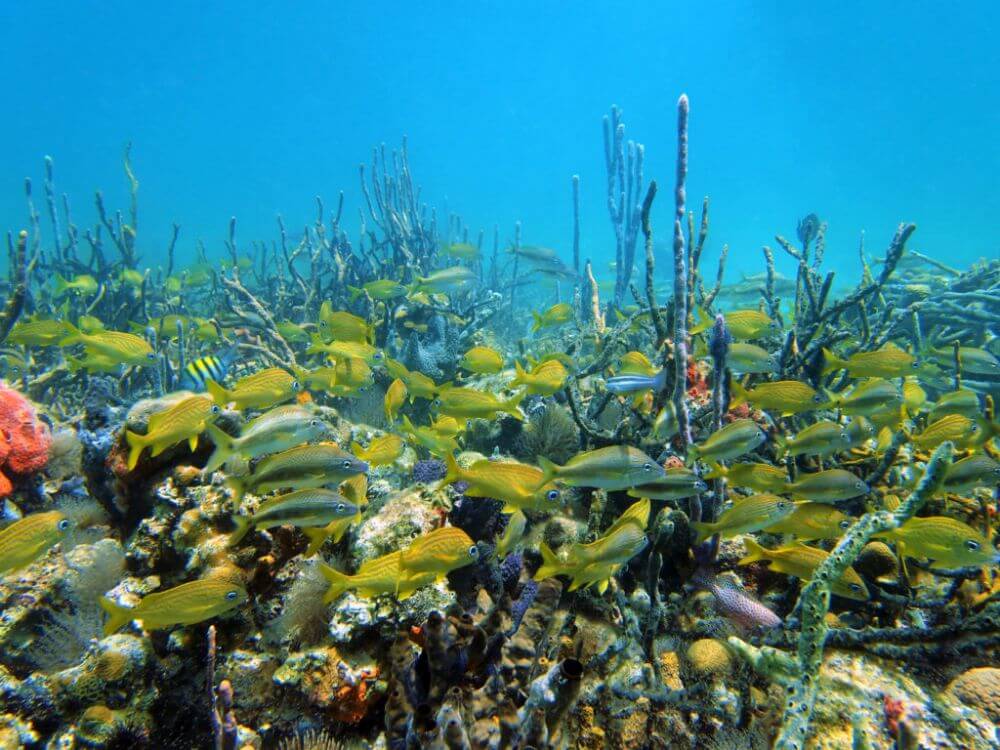
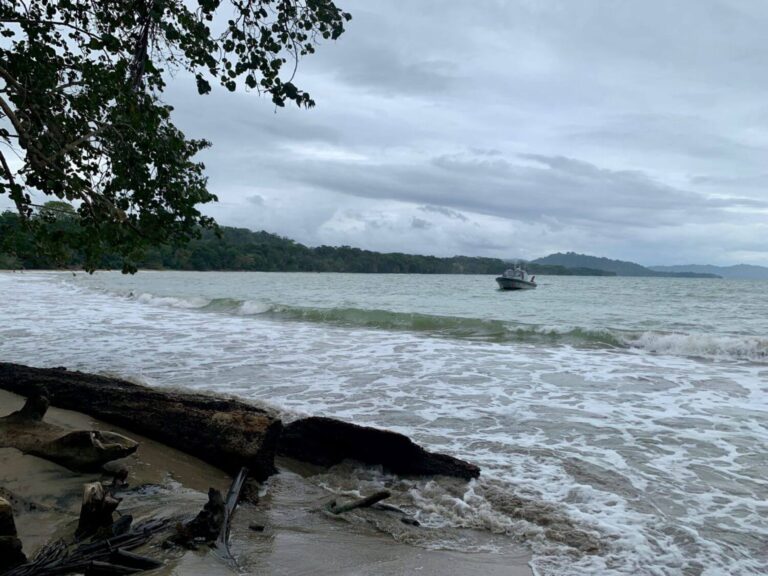
4) San Andres, Colombia
San Andres holds a special place in my heart because it was one of the first scuba diving destinations I ever visited on an official Diving Squad mission.
Although it’s owned by Colombia, San Andres is actually located off the coast of Nicaragua, some 191km east of Nicaragua’s mainland and 121km east of the Corn Islands (which in my opinion are still better!).
When I visited San Andres back in 2019 the coral reef was both sprawling and abundant. That said Hurricane lota hit much of the coral pretty bad in 2020 so I don’t know how good it is now.
There were also plenty of reef fish as well as probably the biggest southern stingray I’ve ever seen in my life. My budget was low at the time so I only got to explore a handful of dive sites around San Andres but it has several dozen including reefs, caves and shipwrecks.
San Andres island itself is mainly used as an expensive holiday destination for Colombian tourists. Unfortunately this means it’s pretty expensive to stay there and much of the northern half of the island has been converted into expensive plaza and shopping malls.
The locals are still very down to earth and real though and great fun to have a cheeky smoke with!
You can read up on my full guide to diving San Andres here!
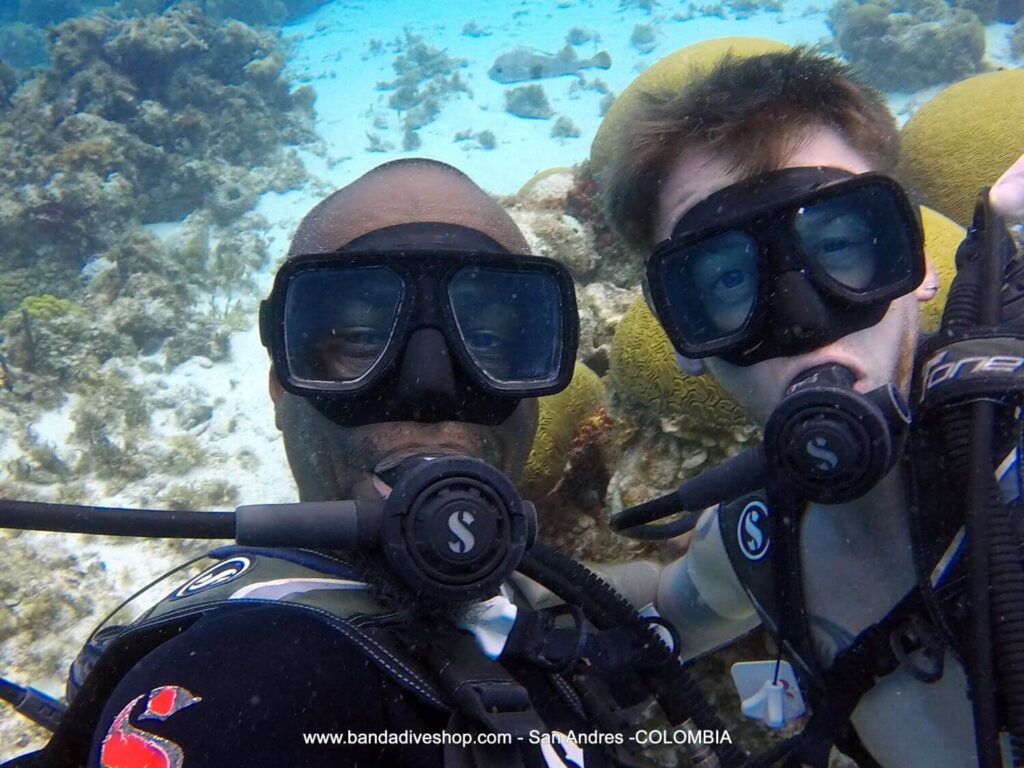

5) Belize
And now we move on to the first Caribbean dive destination which I dream of some day exploring: Belize!
The only english-speaking Central American country, Belize is widely regarded as one of the best places in the world to go scuba diving.
It’s home to the legendary Great Blue Hole, the second largest barrier reef in the world: the Mesoamerican Barrier Reef and three coral atolls!
The only downside is that it’s also among the most expensive destinations in Central America. Diving, accommodation and travel in Belize are sadly far from cheap.
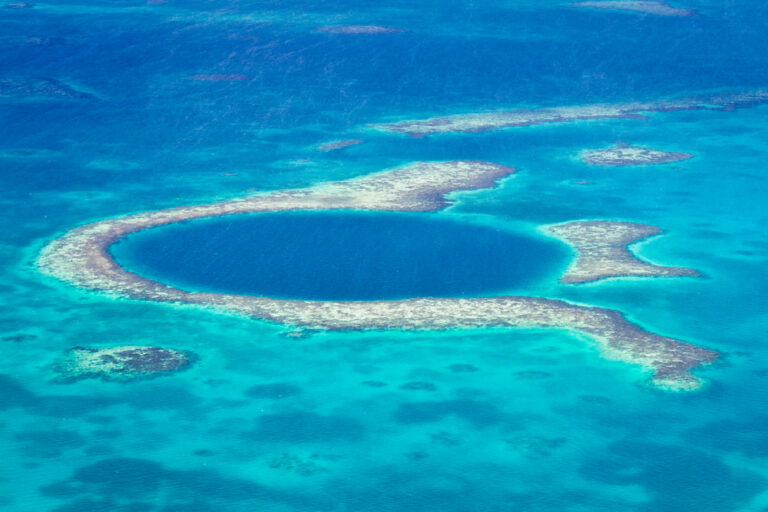
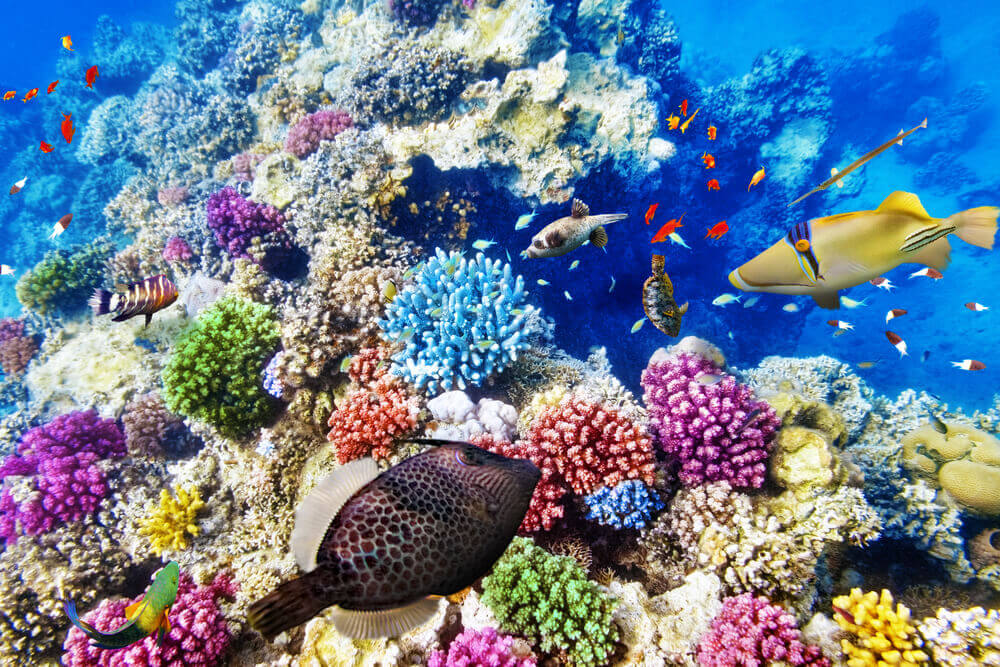
If you want to dive Belize when there are less tourists and more whale sharks; the best months to go are between April and June.
Rainy season generally runs from June through to late November – it’s still possible to dive during this time though if you don’t mind getting a bit soaked and a bumpy boat ride.
Check out more info about diving Belize at different times of the year here.
The most famous site in Belize is the Blue Hole which is world famous. The site is spectacular to dive but unfortunately not quite suitable for beginners.
However there are plenty of beginner dive sites around Belize, many of them filled with beautiful reef and an excellent chance of seeing whale sharks at certain times of the year. Above water is equally intriguing as Belize has loads of amazing scenery in the shape of its thick jungle, and ancient Mayan ruins can be found amidst the undergrowth.
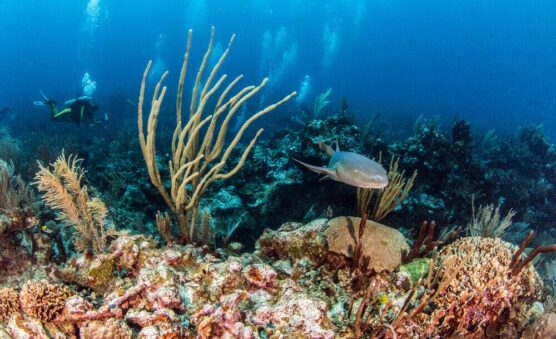
Scuba Diver Cruising over Ambergis Caye with Nurse Shark
While it is one of the more expensive countries in Central America, it is, however, cheaper than a lot of Caribbean islands.
Without a doubt, the best way to scuba dive Belize – especially around the Great Blue Hole is to go on a liveaboard. Check out our Belize liveaboard reviews here.
6) Bonaire
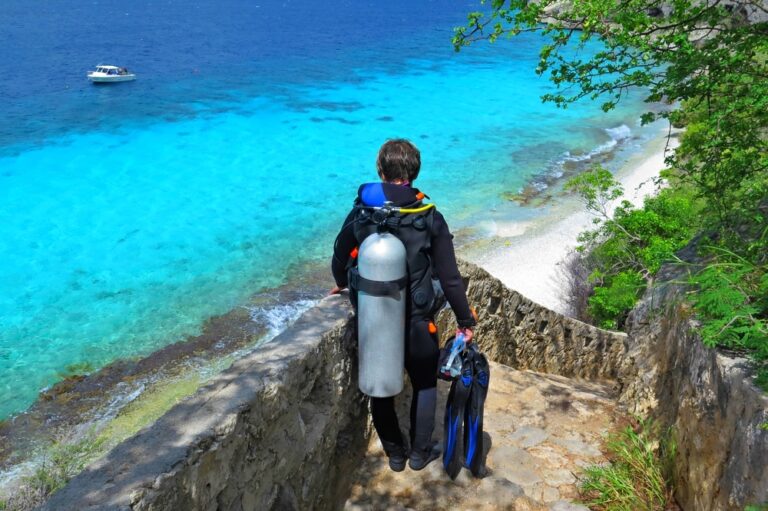
Lying just off the north coast of Venezuela, Bonaire is renowned for its beginner friendly shore diving.
It’s widely considered to be one of the best places to scuba dive in the Caribbean.
As a result the entire island is geared toward scuba divers; drawing scubaholics from around the world.
You can meet them not just on the dive boat but amidst the thriving nightlife if you so choose.
Because the government has long protected its marine resources there, there’s an abundance of marine life and flourishing coral reefs; many lying just offshore.
Literally everywhere is diveable – and amazingly you can dive pretty much 24/7!
It is this almost dreamlike access-ability that sets Bonaire apart as a truly special dive destination.
The rich marine life is complemented by amazing shipwrecks that are protected from currents making them ideal for newbies.
You can either waddle like a lost penguin into the surf from the island’s beaches or take a boat out and explore some of the other dive sites.
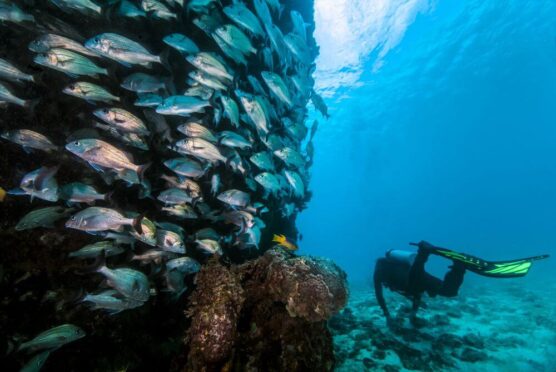
A favourite dive site is Salt Pier which is adorned with colourful coral and often surrounded by huge shoals of fish.
Diving beneath the pier amongst the swirling parrotfish, barracuda and trunkfish is an incredible experience and a great opportunity for underwater photographers.
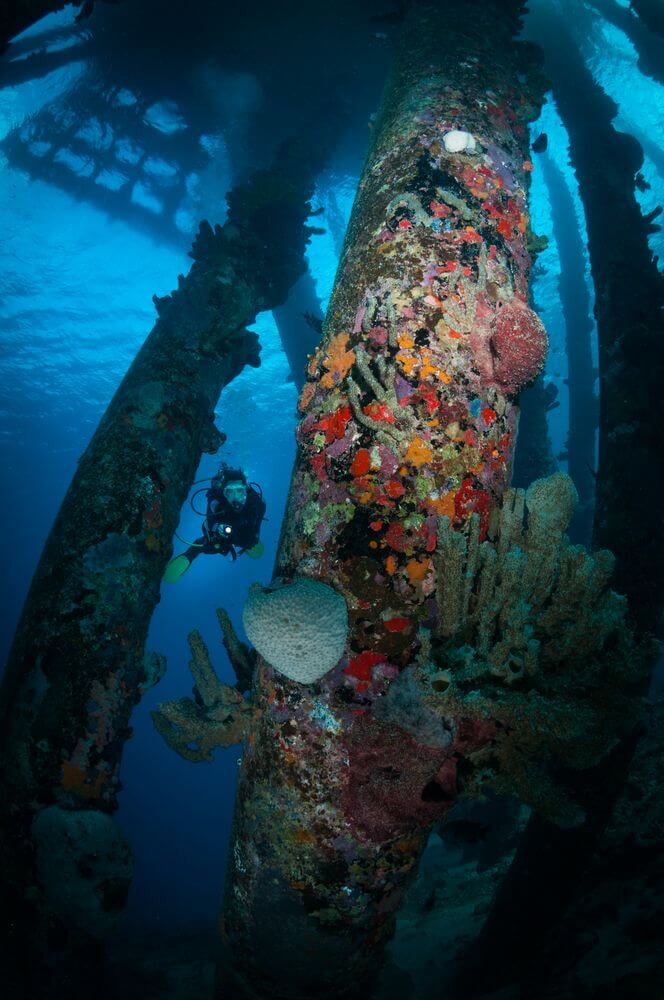
Suitable for both beginners and experts alike, the 1000 steps dive site is another alluring spot.
Thankfully, the limestone staircase has nowhere near 1000 steps, so you’ll be able to plunge into the sea in no time at all.
Beneath the turquoise waves, you’ll find plenty of stunning coral formations and a happy healthy reef as well as plenty of turtles.
In addition to the stunning marine life and plethora of incredible dive sites, Bonaire is a fun island on which to spend some time.
There’s a pumping night life for the party minded as well as exquisite restaurants and sight seeing to be had.
Apart from the diving, there are some lovely salt ponds which are worth checking out, as well as some flamingos that you’ll come across now and again.
A final bonus – you can dive here pretty much all year round!
7) Grand Cayman
Grand Cayman has both stunning coral reefs and mighty shipwrecks amidst plenty of beginner friendly dive sites.
Located off Cuba’s southern coast, the island’s accessible shoreline means that it is very easy to roll out of bed, keep rolling, and end up in the sea in no time at all!
As there is hardly any current, beginners will feel at ease almost immediately. While some of the beautiful coral reefs hug the coastline, others are a boat trip away or, in the case of the North Wall, almost a submarine trip away – it drops to a depth of more than 1800 meters!
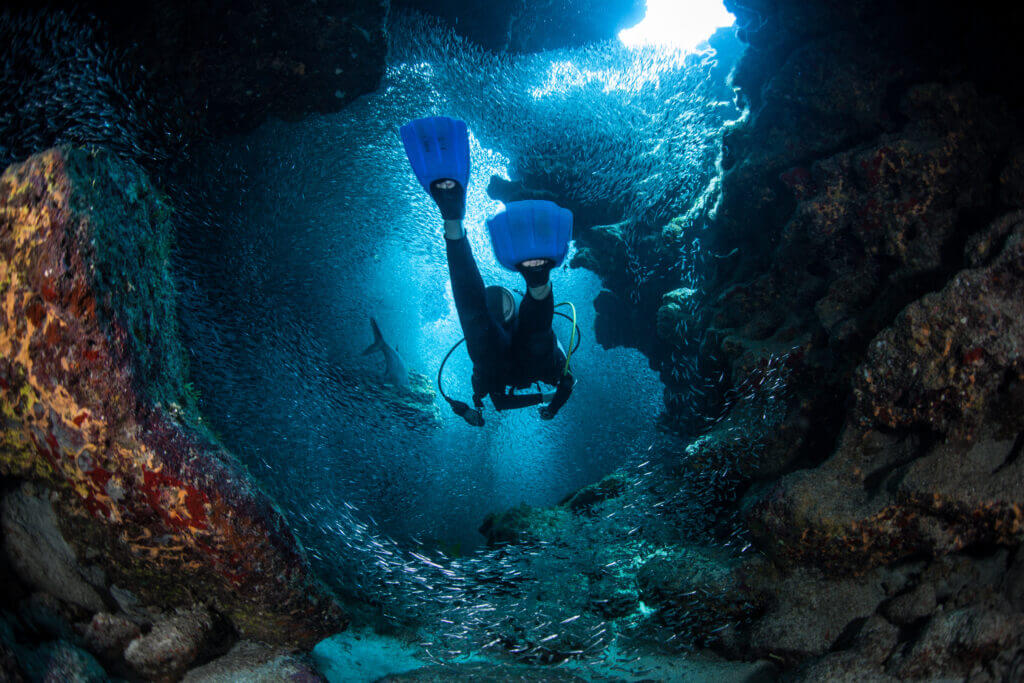
The island has loads of dive shops and resorts for you to choose from. These offer a vast array of dive experiences and you really can’t go wrong whichever one you choose on account of how incredible the marine ecosystem is at just about every dive site, including a mighty coral wall that surrounds Grand Cayman.
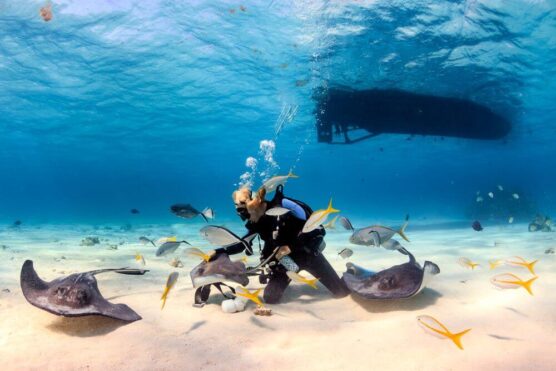
One of the most famous dive sites in Grand Cayman is Stingray City where you can find hundreds of friendly and almost tame stingrays!
It truly is a magical experience being surrounded by them as they inquisitively swim right up to you from all angles!
Devil’s Grotto is another popular site which is again ideal for beginners. With beautiful coral formations as well as delightful overhangs and huge schools of fish, it’s a devilishly beautiful dive site.
There’s also plenty of shallow reefs, so you’ll also come across a plethora of nudibranchs and anemones, in addition to the wealth of tropical fish that are everywhere you look.
Grand Cayman has long been a popular holiday destination and is a lively place with some of the best living standards in the Caribbean.
Alongside its stunning beaches, George Town is worth checking out, as is the Cayman Turtle Centre and Dolphin Discovery Centre.
The island is quite expensive, so watch out when paying for stuff; the KYD is one of the highest valued currencies in the world.
While the diving is generally good the whole year round, hurricane season – which runs from June to November – can make for choppy waters; making it unfeasible to visit dive sites further from shore!
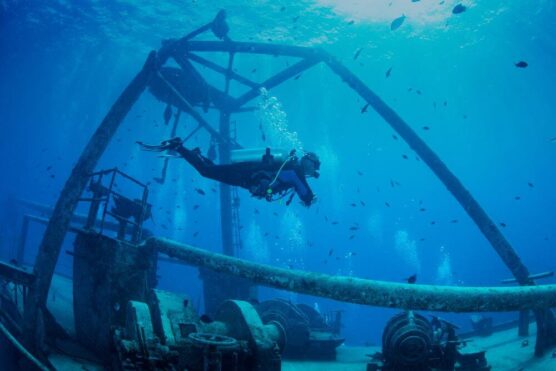
Caribbean Diving Squad DEBRIEFING:
And there you have it: 7 of the top diving destinations in the Caribbean!
We started with my all time favourite: the Corn Islands of Nicaragua which I highly recommend checking out, before moving on to my next top choice: Bocas del Toro of Panama…before continuing onwards to look at Puerto Viejo of Costa Rica and San Andres of Colombia; then we discussed several more dive Caribbean dive destinations on my bucket list: Belize, Bonaire and Grand Caymen!
You can keep checking back on this article as I’ll be sure to add to it over time – especially after I’ve been back to the Caribbean which is only a matter of time! To see where in the world I’ve most recently been head on over to the Captain’s Log.
Thanks – I hope you’ve found this an interesting read and gained some inspirational and insights as to where you’ll head next!
Peace and good vibes!!